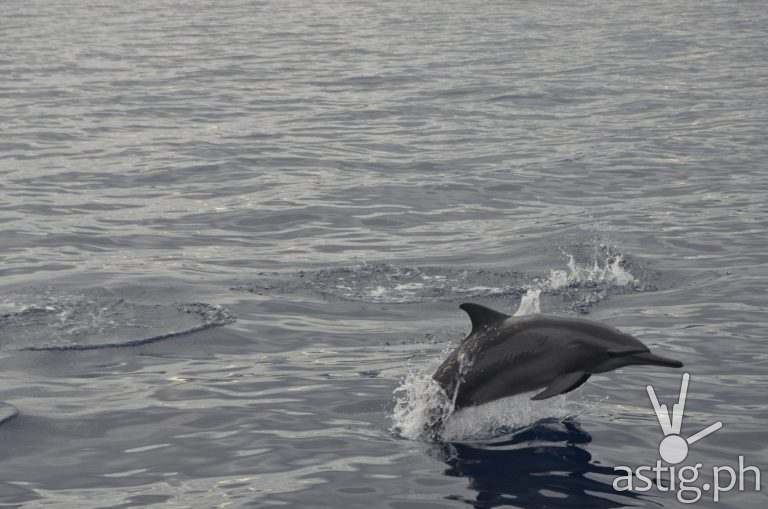PHILIPPINES – Researchers from the University of the Philippines – Diliman College of Science (UPD-CS) are warning that unchecked ecotourism and overfishing are threatening the cetacean biodiversity of the famous and richly diverse Tañon Strait.
A narrow passage of water between Cebu and Negros islands, Tañon Strait is renowned worldwide for its rich marine life. It is home to numerous cetaceans, including 15 species of dolphins and whales. However, recent findings suggest that the populations of these marine creatures are on a fast decline.
“We encountered only between 80 and 90 individual spinner dolphins throughout our four-day survey. This is in stark contrast to surveys in previous years, where we might spot as many as 100 individuals in just one day,” said Dr. Lemnuel Aragones, head of the UPD-CS Marine Mammal Research and Conservation Laboratory (MMRCL).
Tañon Strait, designated as a protected seascape in 1998 under Presidential Proclamation No. 1234, has been a sanctuary for a diverse array of marine species. A popular destination for ecotourism, particularly dolphin and whale watching, the strait has attracted numerous visitors eager to witness these remarkable animals in their natural habitat.
Dr. Aragones spearheaded the survey from July 20 to 23, focusing on dolphin populations within the southern part of Tañon Strait. The initiative revealed deeply concerning trends, such as a decrease in dolphin numbers, a reduction in species diversity, and evasive behavior possibly linked to increasing human activity in the area.
In the past, these surveys witnessed vibrant gatherings of diverse species of cetaceans—including numerous kinds of dolphins and species of whales, with groups of as many as 100 individuals spotted in a single day. However, the recent survey was starkly different, showcasing only three species: spinner dolphins, common bottlenose dolphins, and dwarf sperm whales.
Of particular concern was the notably evasive behavior of the dolphins, a possible sign of stress or disturbance due to the persistent presence of aggressive dolphin watching boats. Dr. Aragones and his team, who have been monitoring the region since 1997, noted a significant increase in the number of dolphin watching boats, even notwithstanding the destruction caused by Super Typhoon Odette in 2021.
The area now hosts around 60 boats, down from the original 260. Nevertheless, Dr. Aragones fears that this may still be too much: “Too many dolphin watching boats in the area disrupts the cetaceans’ habits,” he said.
Dr. Aragones also warned against the overutilization of the area’s resources. “There should also be a comprehensive assessment of fisheries resources in the entire Strait as there is clearly less food now for these creatures,” he explained.
UPD-CS MMRCL head Dr. Lemnuel Aragones (foreground) surveying Tañon Strait with his PhD advisee, Apple Amor (center) and intern Cheska Espiritu. (Photo credit: UPD-CS MMRCL)
To preserve the delicate ecosystem and to safeguard the remarkable marine mammals in Tañon Strait, the scientists have proposed several measures. First, they recommend a moratorium on adding more boats to the already existing fleet. Second, a comprehensive assessment of fisheries resources including fishing activities in Tañon Strait is essential, as a decline in food availability may be exacerbating the dolphins’ struggles. Furthermore, strict monitoring and regulation of illegal unreported and unregulated (IUU) fishing practices in the area are necessary.
Dr. Aragones emphasized the importance of educating boat operators on responsible dolphin watching protocols. A certification process that trains operators to navigate around dolphins without causing stress could play a pivotal role in protecting these charismatic animals. Research also suggests that previous ecotourism activities negatively impacted dolphin behavior, reinforcing the need for responsible and sustainable tourism practices.
The findings from this survey underscore the critical situation facing dolphins in Tañon Strait. Urgent action is imperative to ensure the survival of these magnificent creatures and to maintain the delicate balance of the marine ecosystem they inhabit.


